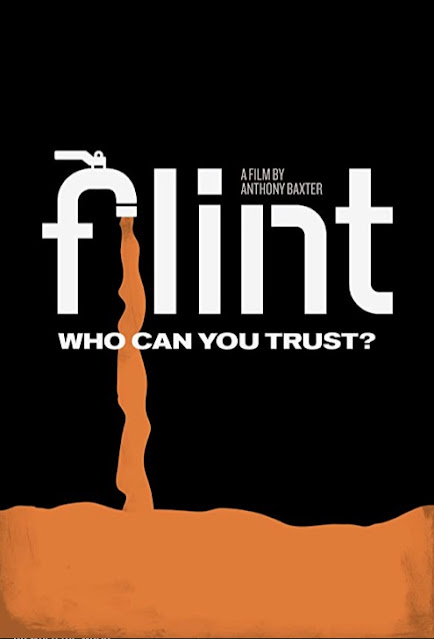The Nightingales are a band with a loyal, albeit small following, having never found mainstream success despite the best efforts of lead singer Robert Lloyd over many years. Well, if you are a fan of the band and the output of Lloyd, you'll absolutely love this, as director Michael Cumming and 'presenter'/'guide through the history of the band', Stewart Lee, have made a film that matches the irreverent tone of Lloyd's lyrics. If you've never heard of the band and have arrived at this film as a fan of Stewart Lee, you've probably just found yourself in a mostly overlapping Venn diagram you never knew existed, as there's a close friendship and a number of similarities between the two men's outlook on the world. This film is largely composed of conversations between Lloyd and Lee who, refreshingly, allows his cool on-stage demeanour to relax a little, revealing himself to be an often giddy fan of Lloyd's, happy to wander around with one of his teenage idols and listen to his anecdotes. Even when Lee tries to provide some semblance of a traditional interview format, asking softball questions about the meaning of Lloyd's lyrics, he's happy to abandon it when Lloyd's cheeky response is "the problem with you is you over-analyse everything".
In most 'portrait of an artist' films this lack of a traditional structure would keep the central figure in the shadows, but here it works well, using the figure of the 18ft King Kong as a stand-in for Lloyd as it animates scenes from his life, calling on the recollections of others to fill in the blanks when Lloyd's recollection of the time doesn't match up to the legend. One such example is when verifying the urban legend that comedian Frank Skinner was temporarily in Lloyd's first band, The Prefects. As Lloyd can't recall the truth, Lee gets Skinner to appear on camera for a brief moment to give his version of events, including an audition that required him to sing The Ramones' Blitzkrieg Bop on the pavement outside a Yates's Wine Lodge. This is a tactic that director Michael Cumming (Brass Eye, Toast of London) uses on a few occasions to try to establish the truth when recollections are a bit hazy (Paul Morley, Nigel Slater, Robin Askwith all appear), and it's funny every time.
On the evidence presented, Lloyd was and continues to be something of a creative dynamo, trying his hand at frontman and singer for various bands, an attempted solo career with an early 90's Hugh Grant-ish floppy curtains haircut (signed to Virgin. "Bunch of cunts", says Lloyd), a music video producer, a TV sitcom creator and a postman. Quite why these projects failed to succeed is up for debate - drummer Paul Apperley offering the suggestion that "everyone loved us apart from people who bought records"- but it's impossible not to admire Lloyd's tenacity and willingness to have a go at anything. The film does touch on his personal life, most touchingly the relationship he has with his son, who's able to offer his view of what life was like with Robert Lloyd at his lowest ebb as his father.
Like I said at the start of this review, you might not be approaching this documentary as a fan of Lloyd's work, but by the time we reach the music video finale I would be surprised if you're not fully converted. It's a playful, verbally dextrous, often scattershot look at the unpredictable career of a musical behemoth who has been misunderstood in his own time and unappreciated by the masses. Given Lloyd's ability to bounce back in the most surprising of ways, I wouldn't count him out just yet.
Verdict
4/5











